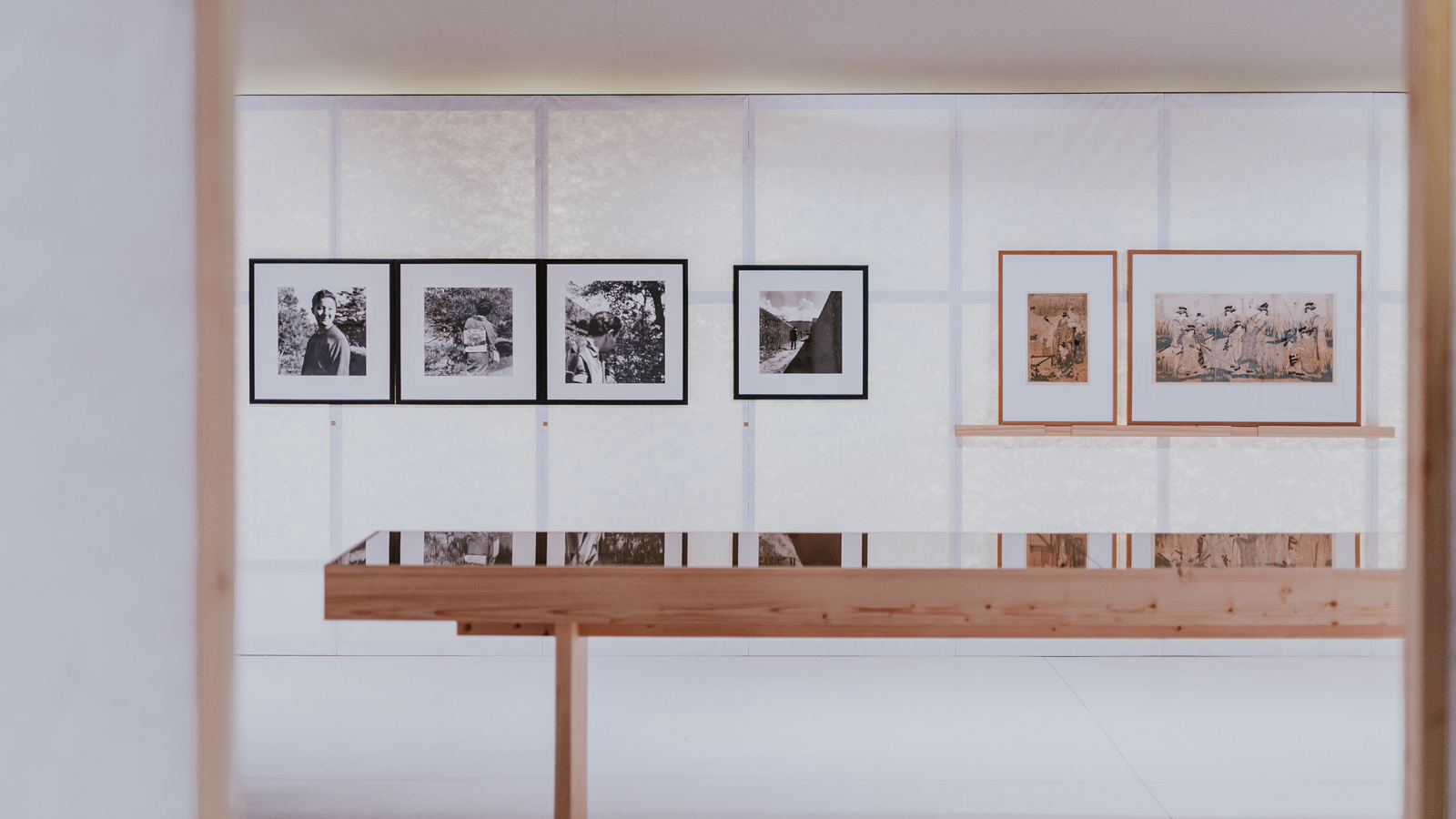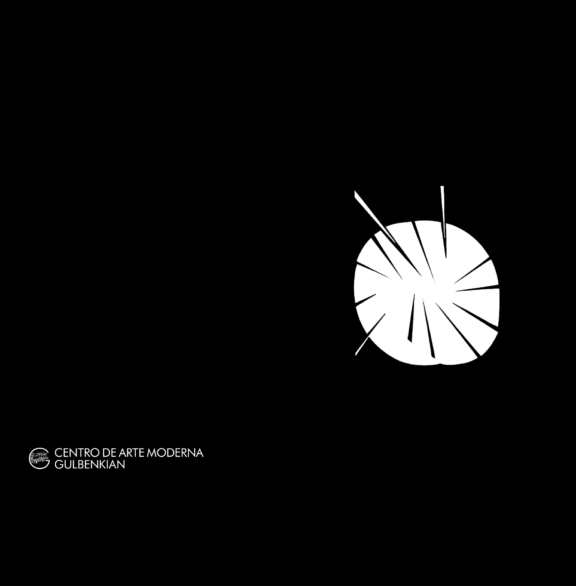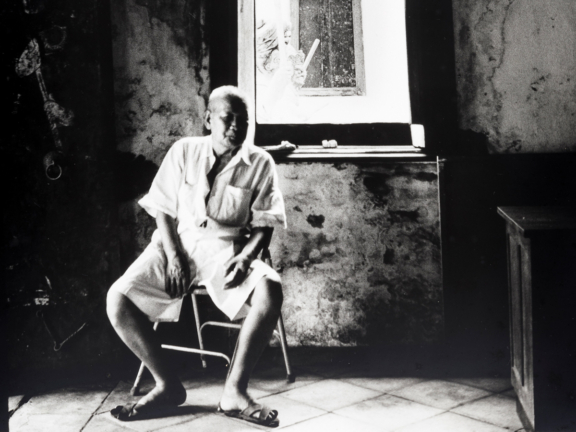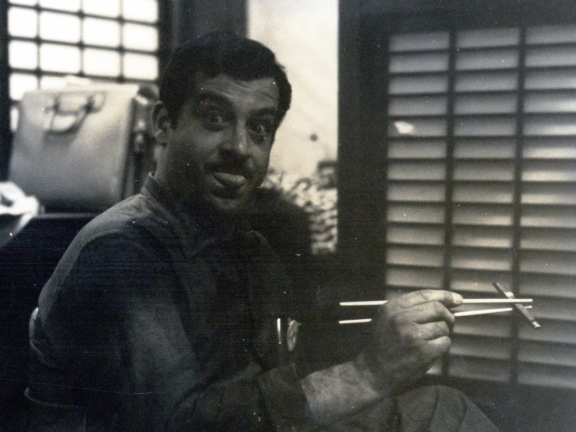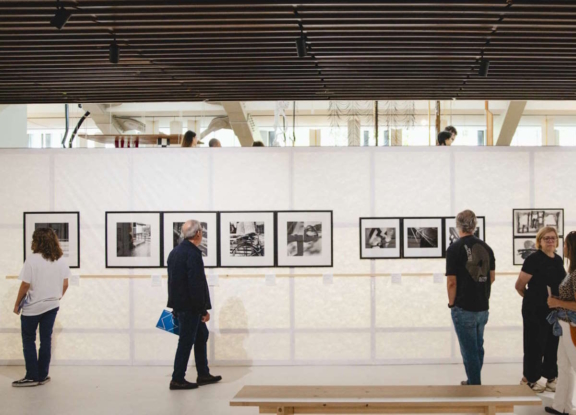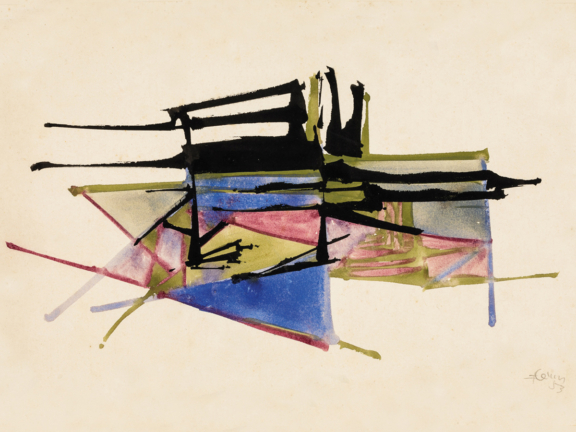
The Occidental Calligrapher. Fernando Lemos and Japan
Event Slider
Date
- Sat,
- Closed on Tuesday
Location
Engawa Space Centro de Arte Moderna GulbenkianPricing
- From 8,00 €
25% – Under 30
10% – Over 65
Cartão Gulbenkian:
50% – Under 30
15% – Over 65
Date
- Sat,
- Closed on Tuesday
Location
Engawa Space Centro de Arte Moderna GulbenkianPricing
- From 8,00 €
25% – Under 30
10% – Over 65
Cartão Gulbenkian:
50% – Under 30
15% – Over 65
The exhibition is a unique opportunity to see a large collection of photographs and drawings by the Portuguese-Brazilian artist that have never been displayed in Portugal before.
Many of these photographs were taken during his time in Japan, where Fernando Lemos (see biographical chronology) first arrived on a Gulbenkian Foundation scholarship to study Japanese calligraphy and art, and bear witness to the seminal influence of Japanese culture on his artistic practice. The relationship between the drawings and photographs on display is underlined by the dialogue with his works in other media, with works by other artists from the CAM collection, and with Japanese prints from the Gulbenkian Museum collection.
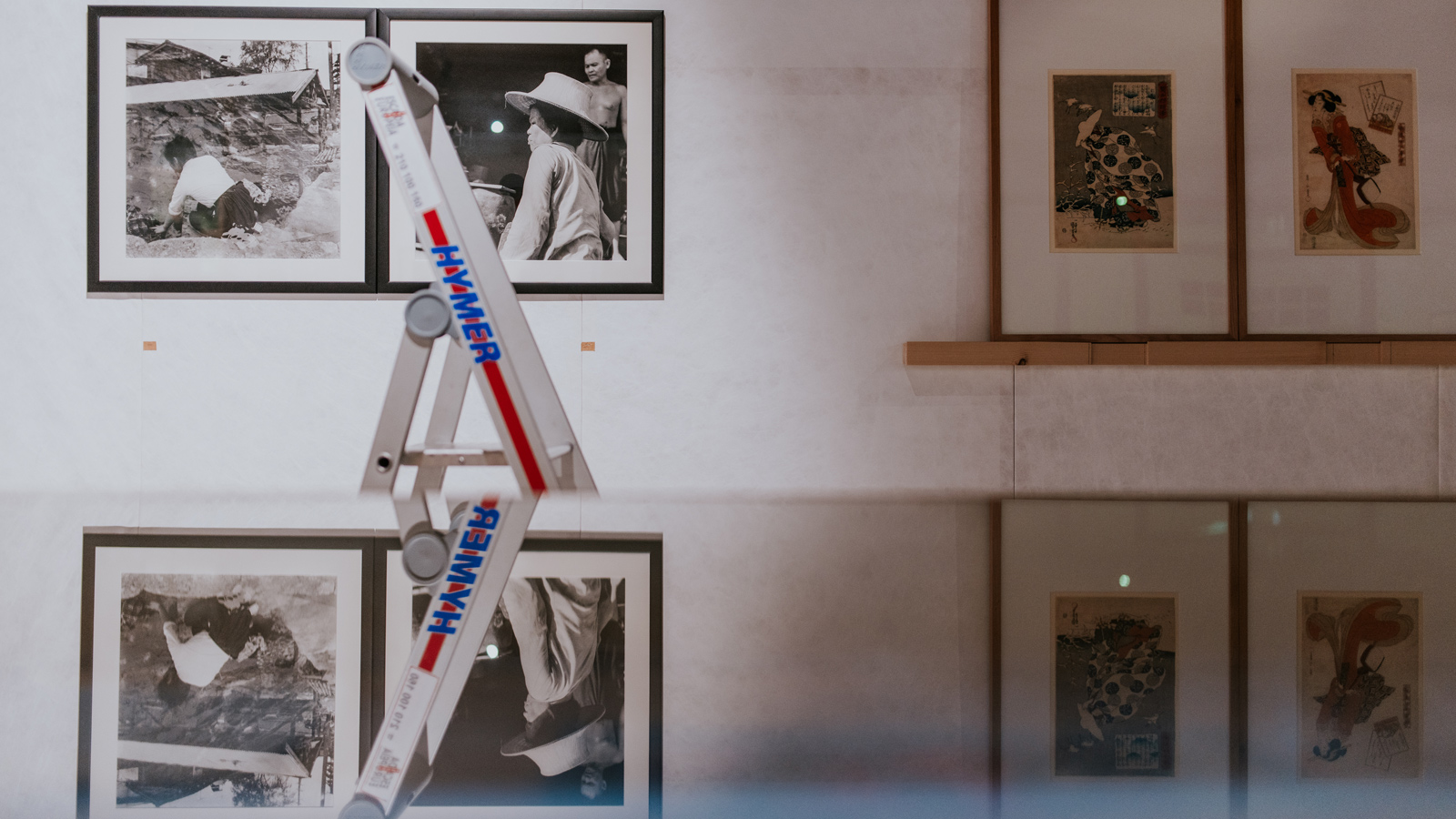
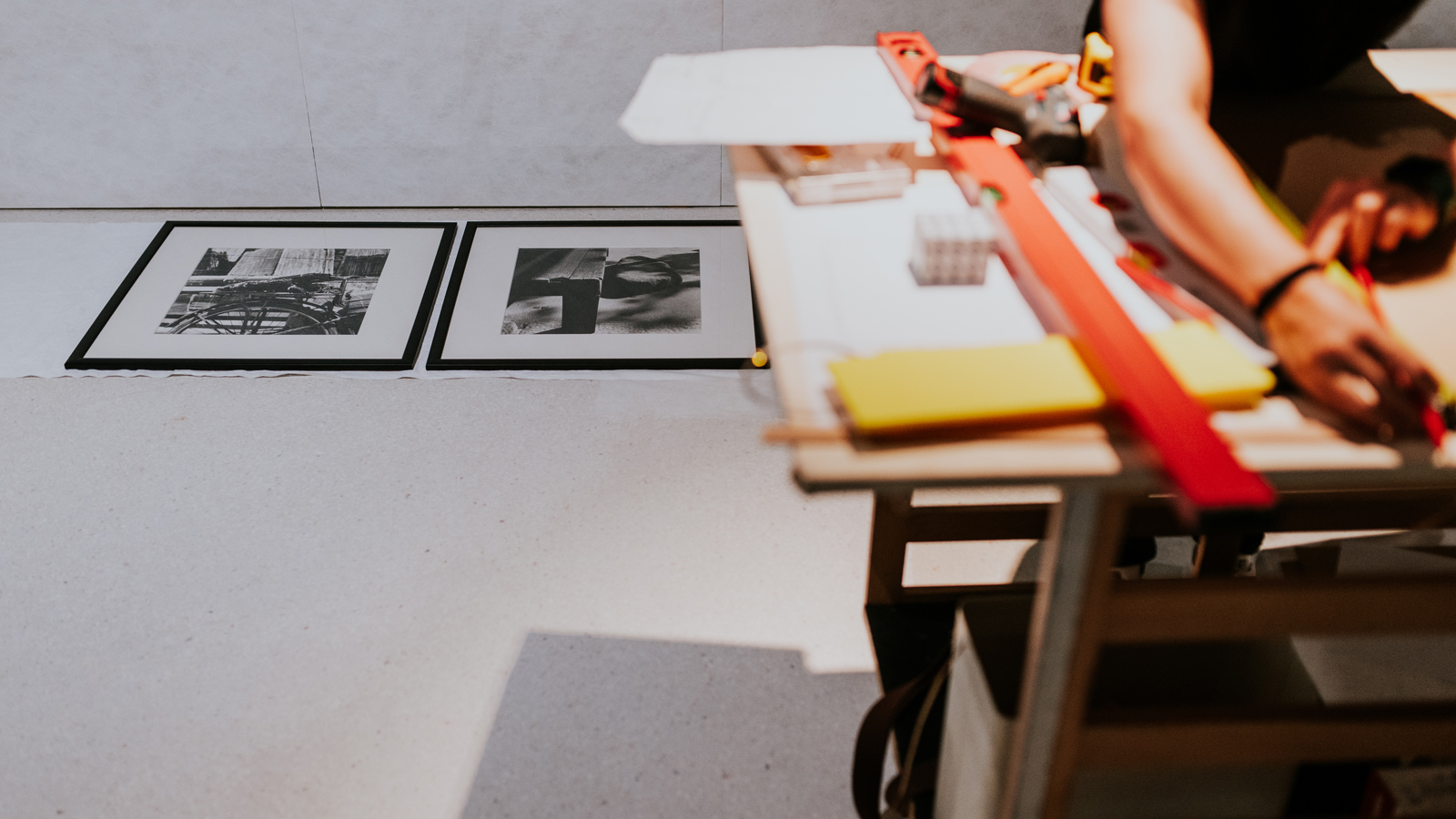
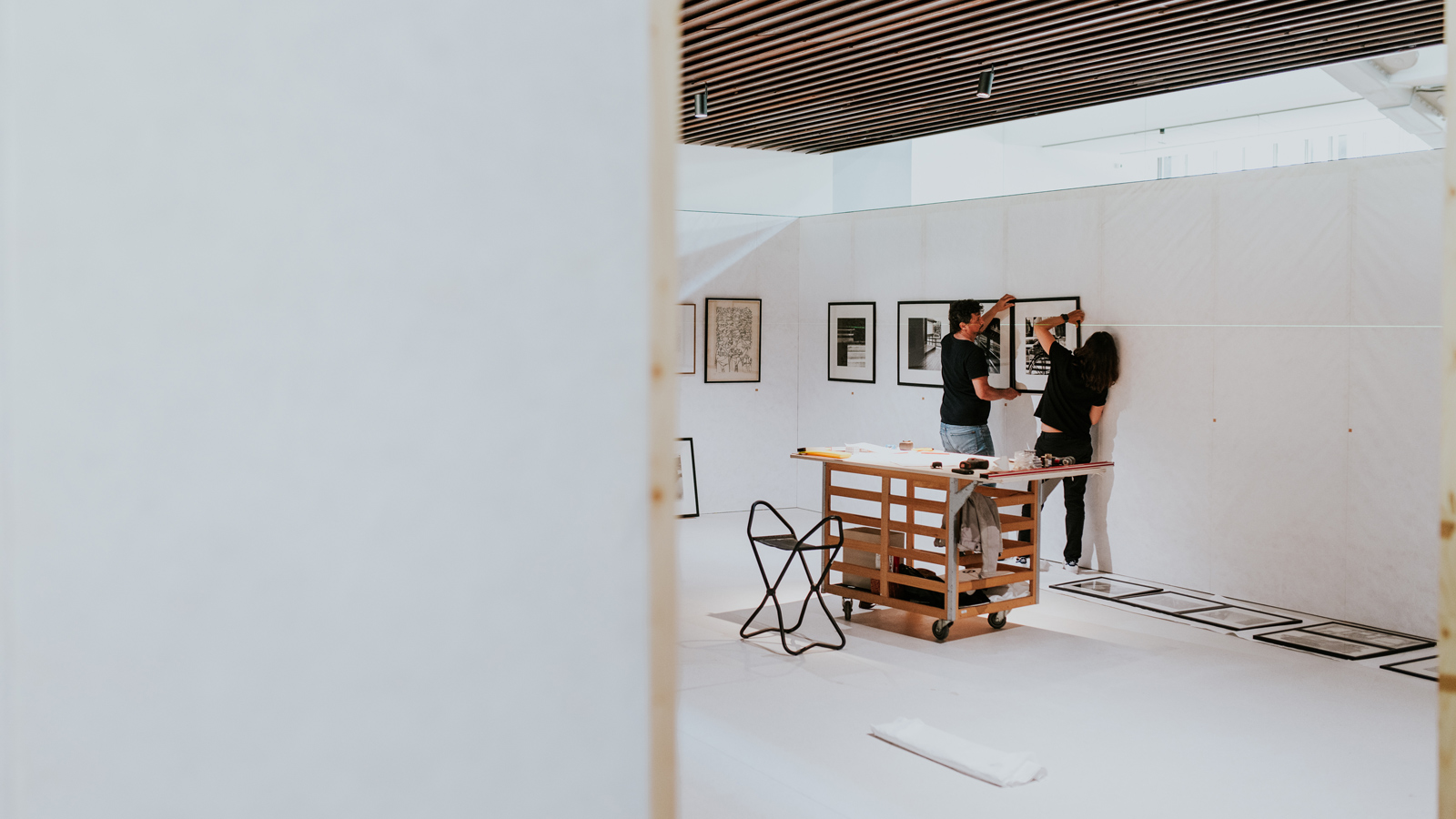
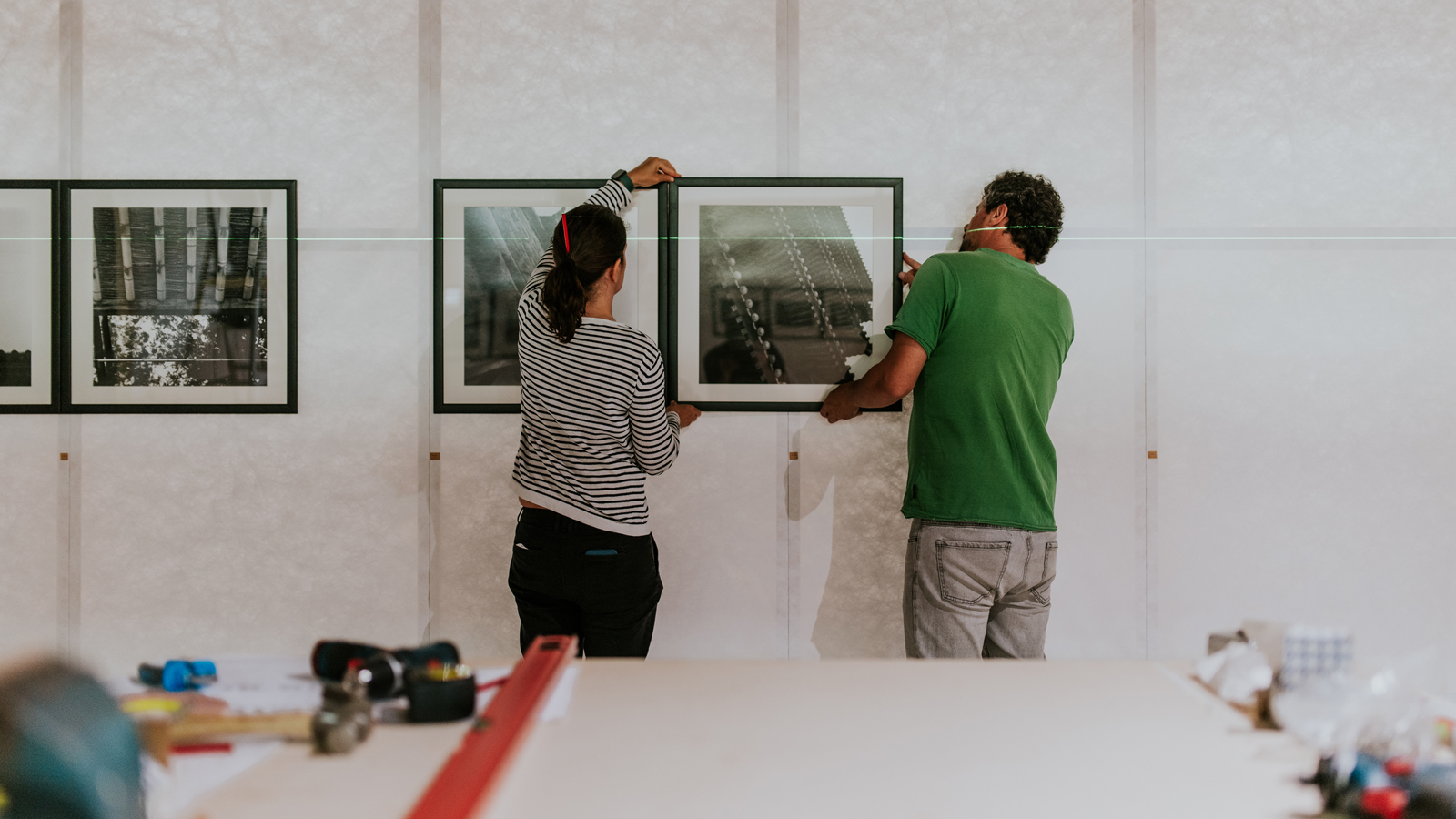
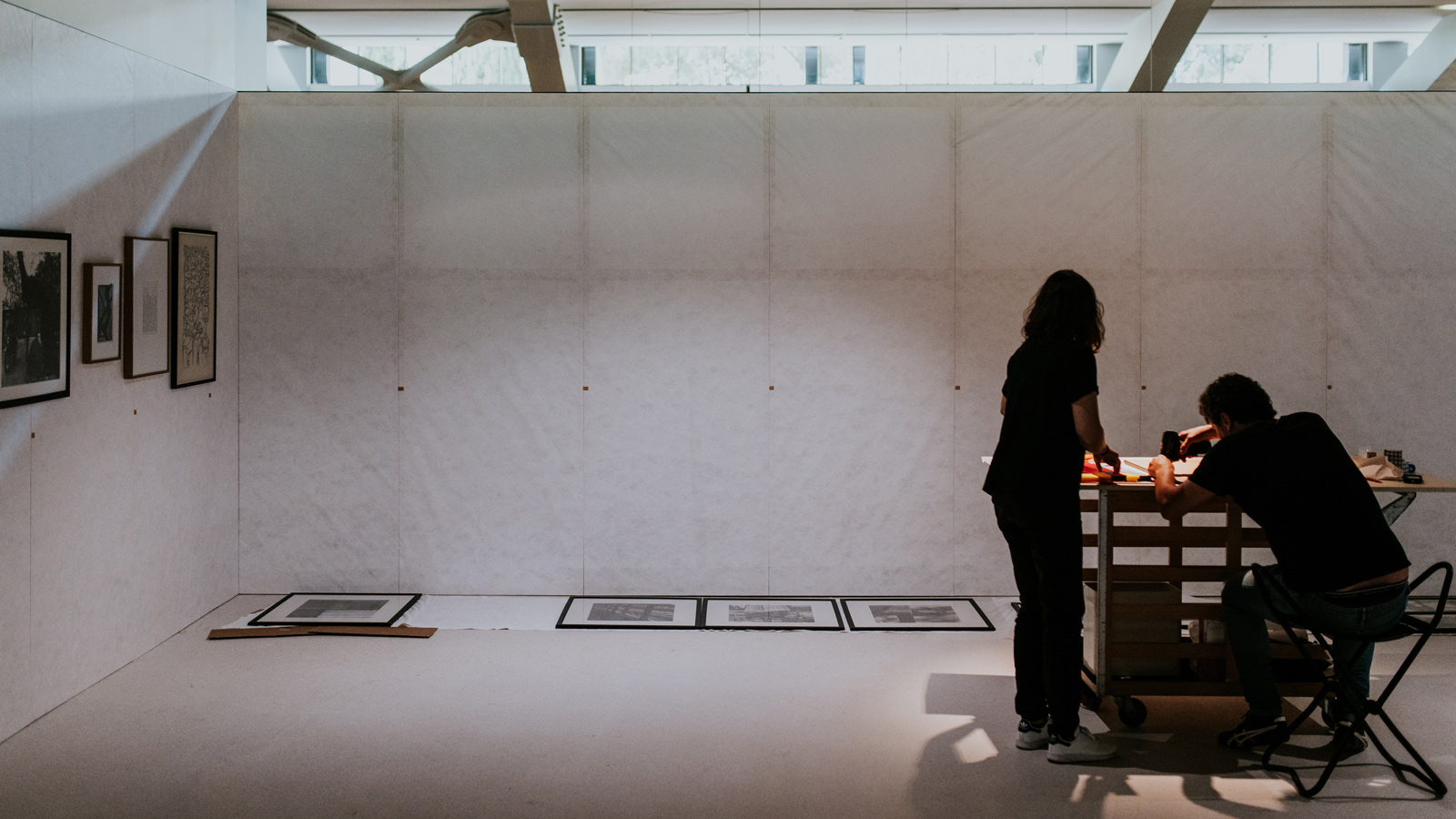
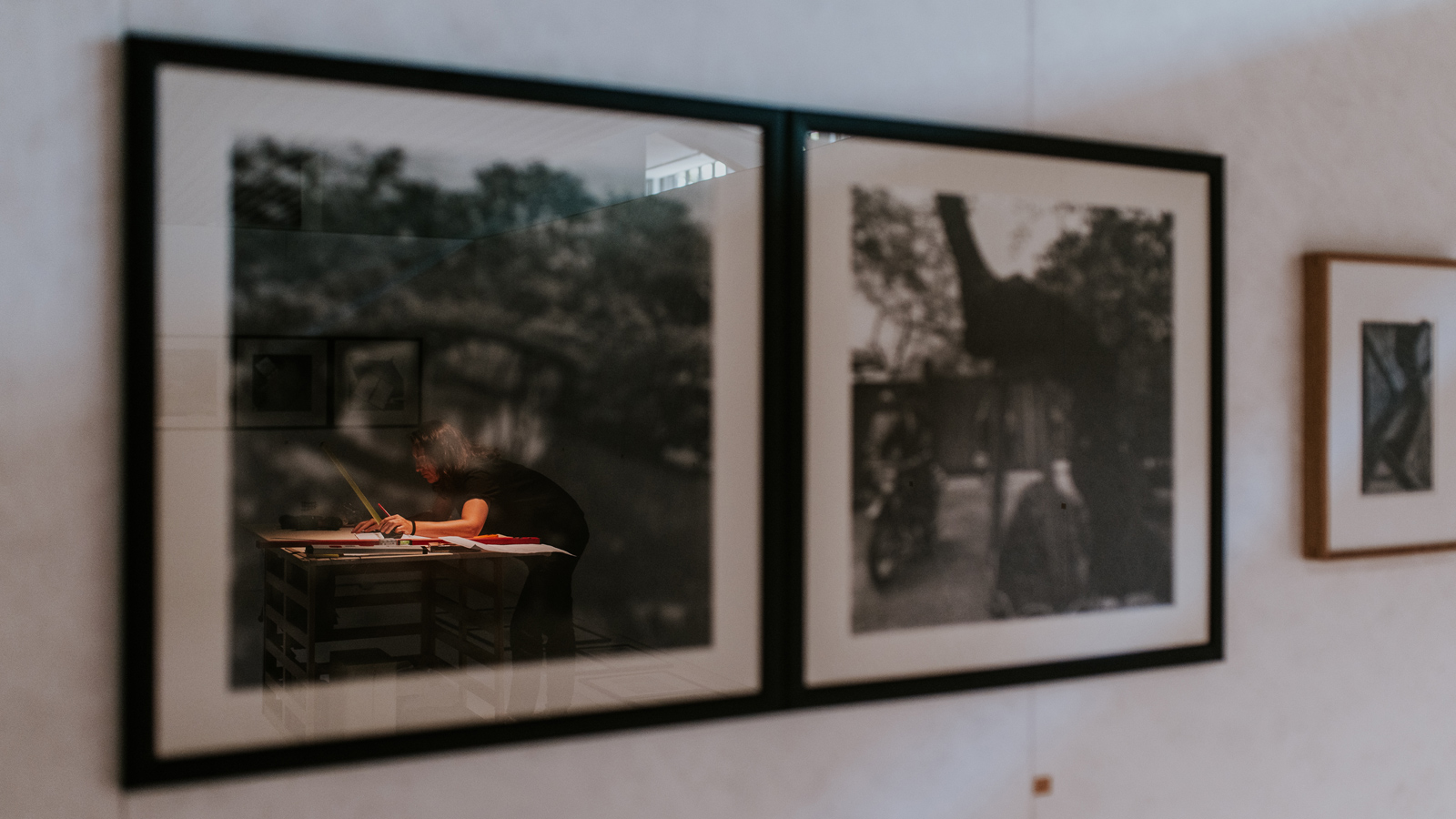
Organised around six different sections, the exhibition invites visitors to look at drawing as an act of writing and to find the artist’s projection of fantasy in the fabric of reality, in the framing and shapes photographed or drawn, and in the relationship with the human and architectural landscape.
In this project, CAM is a partner of the Moreira Salles Institute in São Paulo, which printed a set of unpublished photographs selected by the curators for this exhibition.










Topics

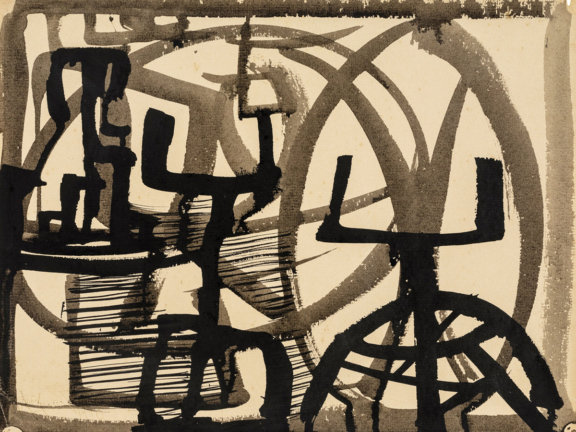
Life is a curve
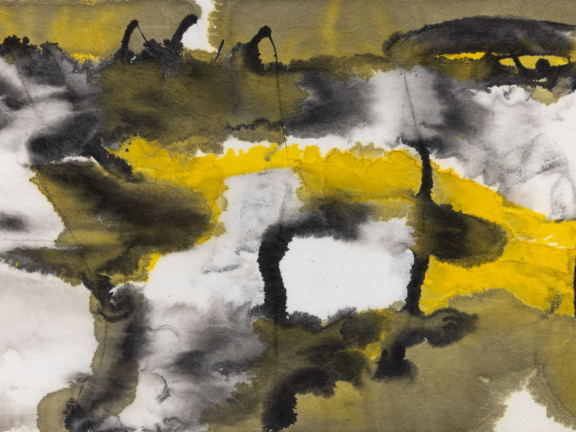
The more I desire, the more I invent what I see
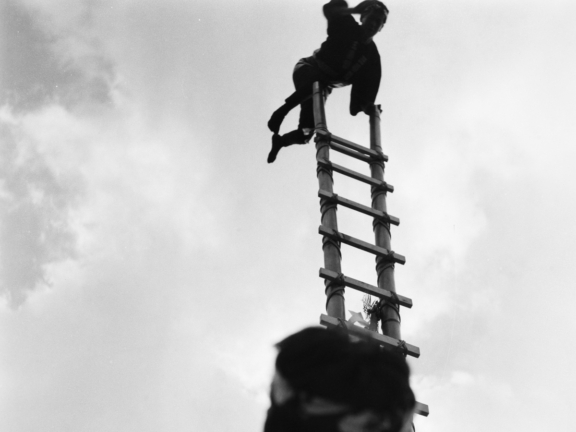
Vertigo is from the bottom up
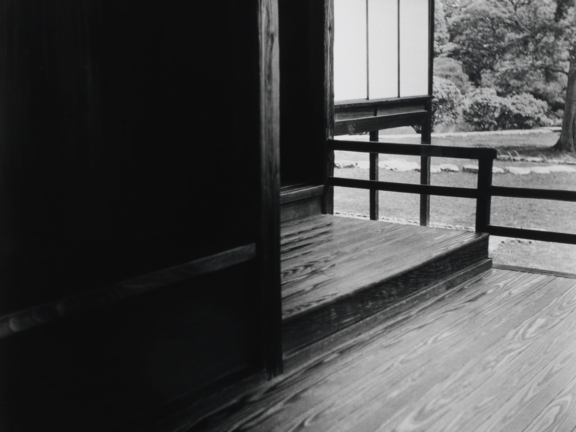
I cannot draw my home
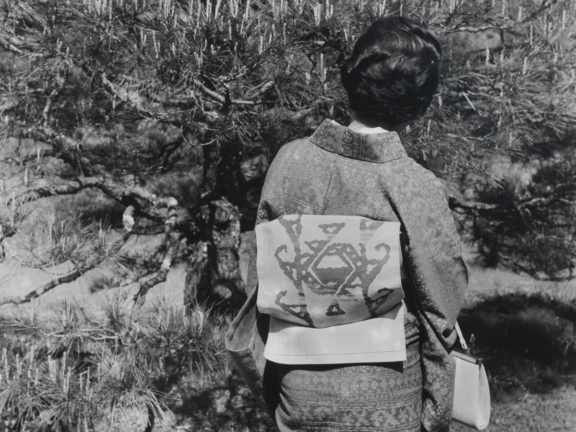
We do not always know each other forever
-
Drawing words in the air
The similarities, rapprochements, and reciprocities between handwriting and drawing go back to the beginnings of pictogrammatic and ideogrammatic writing, transversing times and cultures. In Japan, for example, common writing developed in the 5th century following contact with China and Korea, and literary records from the 8th century onwards. This proximity is reflected in Baroque visual texts and concrete poetry of the 20th century, through to the gestural, abstract or conceptual painting of different moments of modernity. A word is a drawing and a drawing is a language. In this section, design, drawing, illustration, thought, poetry, calligraphy, and painting all come together rhythmically and visually in Lemos’ work.
-
Life is a curve
‘Chaos (…) is a source of creativity,’ said Lemos, compelling us to fill in the gap and the path that leads from chaos to the order created by the artist. ‘There’s a collective element in my work. It’s a preoccupation of mine; I’m not interested in doing something that isn’t for somebody else. That’s why you suffer when others don’t understand.’
Life is that curve on which we travel, our history permanently drawn in the curved and malleable space of an oscillating subjection to gravity, its general and restrictive laws and, who knows, sometimes the cancellation of its effect!
-
The more I desire, the more I invent what I see
Photography and drawing are prime territories of subjective expression and projection, all the more so when we are faced with a soul forged in the freedom and wisdom of surrealism.
In a widely reproduced poem, whether in full or in part, Lemos plays with the words ‘desire/invent/see’ in all their possible combinations, reminding us that each image is the result of these forces, the forces of the unconscious celebrated by surrealism. ‘I ended up dedicating myself to photography in part because of the surrealist impulse to add to reality what it lacks.’
-
Vertigo is from the bottom up
Vertigo has always been defined as a disturbance felt in front of an abyss or at a high point in relation to the space between us and the ground. Reversing the direction of this axis by designating the vertigo that can be felt when looking upwards is equivalent to shifting the focus of this disturbance from the drop, the earth, and materiality to the rise, the sky, and spirituality.
High and low angle perspectives (shot near the ground and aimed upwards) abound in Lemos’ photography. Architecture, nature and people reveal themselves to be more surprising in this way.
-
I cannot draw my home
The artist Fernando Lemos left Lisbon in 1953 at the age of 26 and became a naturalized Brazilian citizen in 1960. As Vera d’Horta says, he ‘built his identity in an affective, ambiguous land, in which the “rejected homeland” and the adopted country became mixed.’
He would say: ‘I have two homelands, the one that made me and the one I help to make.’ His emotional home was plural and the sense of belonging was sometimes difficult to trace. Portugal was his birthplace, but also a prison. Brazil was novelty and liberation. Japan was revelation and learning. ‘We move around in a daze, within the structure of expectation, we do not know where a street corner begins and our homes end,’ the artist wrote.
-
We do not always know each other forever
With the photographs of Japan that feature people, Lemos made us see and feel the importance, but also the relativity of relationships, the ephemerality of many of them, the passage through life as a flow of remembering and forgetting, the acceptance of the role of each person who has populated our lives as a lesson in emotion, feeling, all within a complex chessboard of interactions. ‘I am always ready to forget.’ And the truth is that, for him, the future does not even exist: ‘It arrives early. There’s no point in looking for it.’
Publications
Credits
Exhibition Sponsor
The Calouste Gulbenkian Foundation reserves the right to collect and keep records of images, sounds and voice for the diffusion and preservation of the memory of its cultural and artistic activity. For further information, please contact us through the Information Request form.

